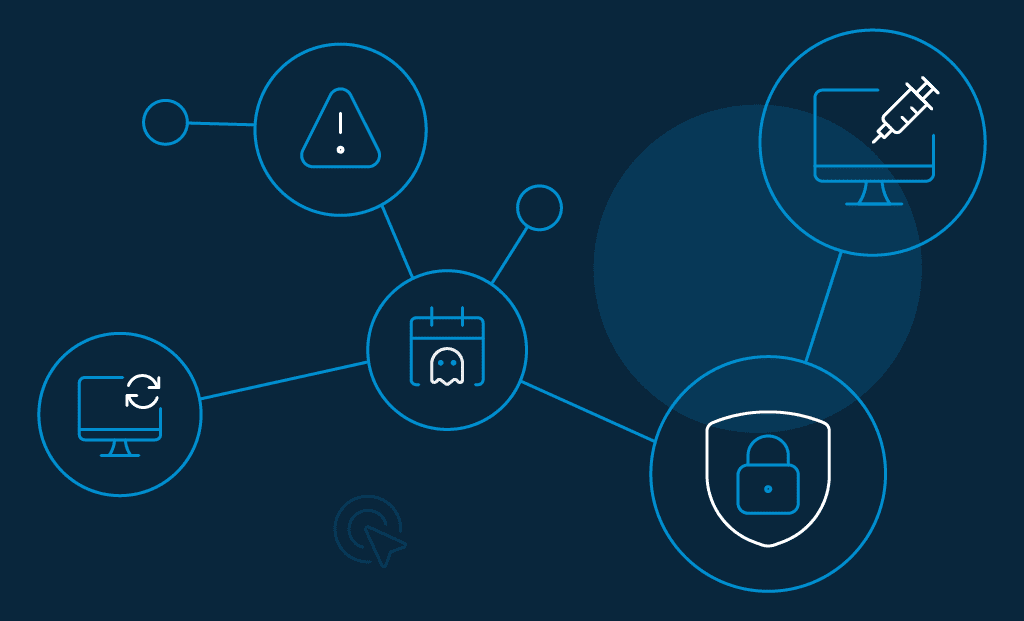Web Application Security
Please Share this Post
What is Web Application Security?
Web application security refers to the process of protecting web applications and web services from various security threats, vulnerabilities, and attacks. With the increasing reliance on web-based applications for business operations, e-commerce, and communication, ensuring the security of web applications is essential to protect sensitive data, prevent unauthorized access, and maintain the integrity of systems and services.
Some key aspects of Web Application Security:
- Common Threats and Vulnerabilities:
- Injection Attacks: Injection flaws, such as SQL injection, cross-site scripting (XSS), and command injection, occur when untrusted data is sent to an interpreter as part of a query or command, leading to arbitrary code execution or data disclosure.
- Broken Authentication: Weak authentication mechanisms, insecure session management, and credential storage can lead to unauthorized access to user accounts, sensitive data exposure, and identity theft.
- Sensitive Data Exposure: Failure to adequately protect sensitive data, such as passwords, credit card numbers, and personal information, can result in data breaches and privacy violations.
- Insecure Direct Object References: Improperly configured access controls and direct object references can allow attackers to access unauthorized resources or manipulate data without proper authorization.
- Security Misconfigurations: Improperly configured web servers, databases, frameworks, and security settings can create security weaknesses that attackers can exploit to gain unauthorized access or disrupt services.
- Cross-Site Request Forgery (CSRF): CSRF attacks occur when an attacker tricks a user into executing unauthorized actions on a web application where the user is authenticated, leading to data manipulation or transaction fraud.
- Insecure Deserialization: Insecure deserialization of untrusted data can lead to remote code execution, denial-of-service (DoS) attacks, and arbitrary object creation.
- Broken Access Control: Failure to enforce proper access controls and authorization checks can allow unauthorized users to access sensitive functionalities or resources within the application.
- Security Headers: Missing or improperly configured security headers, such as Content Security Policy (CSP), HTTP Strict Transport Security (HSTS), and X-Content-Type-Options, can leave web applications vulnerable to various attacks, such as XSS and clickjacking.
- Best Practices for Web Application Security:
- Secure Coding Practices: Follow secure coding guidelines and best practices to minimize the risk of common vulnerabilities, such as injection attacks, XSS, and CSRF.
- Input Validation and Sanitization: Validate and sanitize user input to prevent injection attacks and ensure that only valid and expected data is processed by the application.
- Authentication and Authorization: Implement strong authentication mechanisms, such as multi-factor authentication (MFA) and password hashing, and enforce proper authorization checks to control access to sensitive resources and functionalities.
- Session Management: Use secure session management techniques, such as session tokens, secure cookies, and session timeouts, to prevent session hijacking and fixation attacks.
- Data Encryption: Encrypt sensitive data in transit and at rest using strong encryption algorithms and protocols to protect it from unauthorized access and disclosure.
- Security Testing: Conduct regular security testing, including vulnerability scanning, penetration testing, and code reviews, to identify and address security vulnerabilities in web applications.
- Security Headers and Content Security Policy (CSP): Implement appropriate security headers and Content Security Policy (CSP) directives to mitigate the risk of XSS, clickjacking, and other client-side attacks.
- Security Patching and Updates: Keep web servers, frameworks, libraries, and third-party components up to date with the latest security patches and updates to address known vulnerabilities and weaknesses.
- Security Tools and Technologies:
- Web Application Firewalls (WAF): WAFs help protect web applications from a wide range of attacks by filtering and monitoring HTTP traffic and enforcing security policies.
- Static Application Security Testing (SAST): SAST tools analyze source code to identify security vulnerabilities and coding errors early in the development process.
- Dynamic Application Security Testing (DAST): DAST tools test running web applications to identify vulnerabilities and security weaknesses by sending malicious payloads and analyzing responses.
- Interactive Application Security Testing (IAST): IAST tools combine aspects of SAST and DAST by analyzing running applications and source code to identify vulnerabilities and provide real-time feedback to developers.
- Dependency Scanning: Dependency scanning tools identify and alert developers to security vulnerabilities in third-party libraries and components used in web applications.
- Security Headers and CSP: Implementing security headers and Content Security Policy (CSP) directives help mitigate the risk of various client-side attacks, such as XSS and clickjacking.
In summary, web application security is a multi-faceted discipline that requires a proactive approach, continuous monitoring, and collaboration between developers, security professionals, and other stakeholders to identify, mitigate, and prevent security risks and vulnerabilities in web applications. By following best practices, implementing security controls, and leveraging security tools and technologies, organizations can improve the security posture of their web applications and protect them from evolving threats and attacks.

Leave a Reply